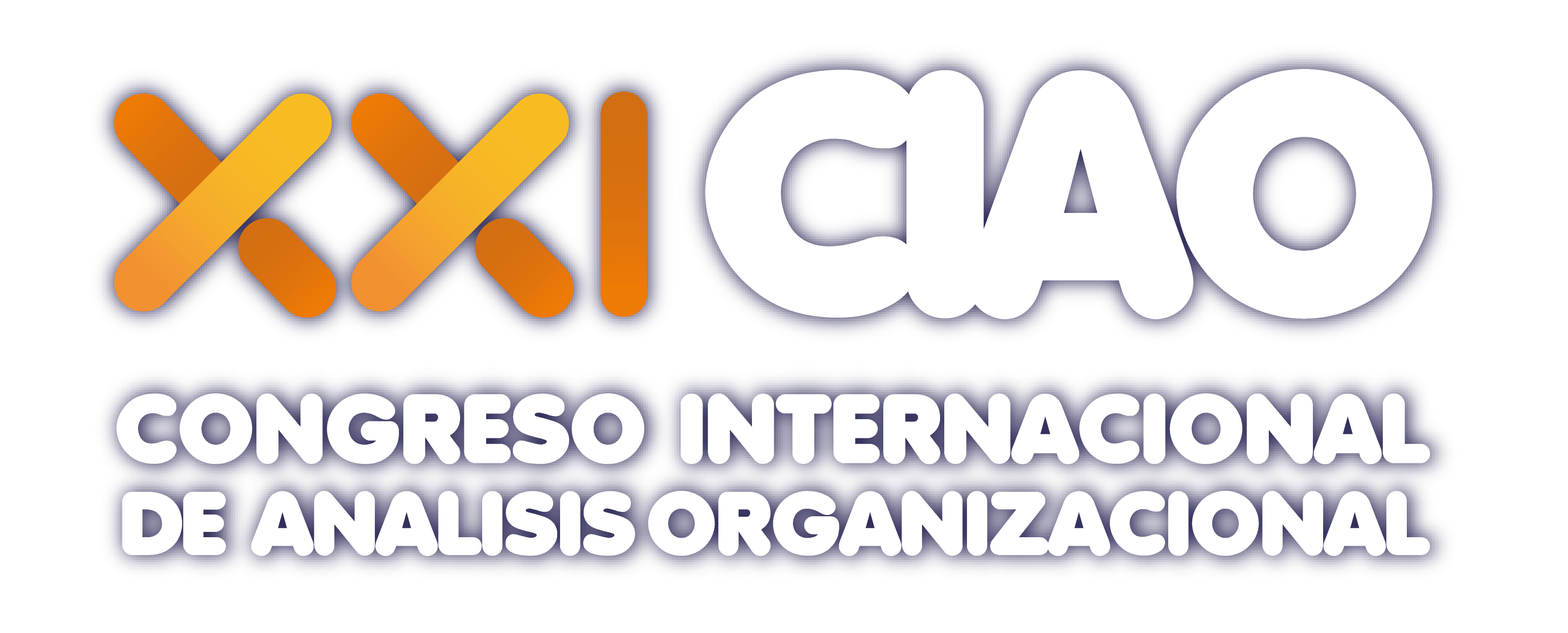So, I’ve been diving into the cryptoverse for a while now, and honestly, tracking prices and trends feels like chasing a fast-moving train sometimes. Wow! The market shifts so quickly, it’s almost dizzying. Initially, I thought all crypto trackers were pretty much the same—just numbers on a screen, right? But then I stumbled upon CoinGecko, and something felt off about the usual platforms I was using before.
Seriously, CoinGecko isn’t just about showing prices. It’s like this living, breathing hub for anyone who’s serious about crypto and NFTs. I mean, you get the whole story—market caps, liquidity, volume, developer activity, and even community engagement. At first, that felt overwhelming. But once I got the hang of it, it became my go-to. The depth of data is really something else.
Okay, so check this out—NFT marketplaces are booming, right? But tracking them? That’s a whole different beast. Here’s the thing. Most platforms barely scratch the surface on NFT insights. CoinGecko, on the other hand, has been stepping up with their NFT marketplace stats. You can actually see which collections are heating up, trading volumes, floor prices, and even historical trends that make or break investment decisions.
It’s not perfect though. Sometimes the data has slight delays or gaps, especially with newer NFT projects. But, honestly, that’s part of the wild west vibe in crypto. I’m biased, but I appreciate transparency over polished illusions. Plus, CoinGecko continues to improve their tracking algorithms, so it’s only getting better.
At one point, I was juggling multiple tabs—CoinMarketCap, OpenSea, DappRadar—trying to piece together a full picture. Now? I just head to their coingecko official site and get a surprisingly comprehensive snapshot. It’s like having a Swiss army knife for crypto prices and NFT market data.

Digging Deeper: Why Data Quality Matters More Than You Think
Hmm… here’s what bugs me about most crypto trackers: they focus too much on the flashy price tags and less on the underlying data quality. CoinGecko, in contrast, gives you context. For example, they break down where liquidity is coming from, which exchanges are really moving coins, and even track developer activity on GitHub for projects. On one hand, this adds layers of complexity, but on the other, it’s crucial for spotting red flags or genuine potential.
Initially, I thought market cap was the king of metrics. But then I realized that a high market cap doesn’t always mean healthy liquidity or active adoption. CoinGecko’s approach to measuring liquidity scores and exchange volumes helped me reframe that perspective. It’s like seeing the engine under the hood, not just the shiny paint job.
And let me be clear—while CoinGecko covers thousands of coins and tokens, they also constantly vet data sources, reducing the risk of fake volume or wash trading skewing your view. That’s a very very important point that many overlook, but it’s what makes me trust their numbers more than others.
Here’s something I didn’t expect: CoinGecko’s integration of community metrics. They pull Twitter followers, Reddit activity, and other social signals, which sometimes give early hints about hype cycles or upcoming dumps. It’s not foolproof, but when combined with price and volume data, it paints a fuller picture. I guess that’s why I keep coming back.
Something else worth mentioning—if you’re into DeFi or emerging tokens, CoinGecko tracks yield farming stats and tokenomics too. It’s a bit complicated, but if you’re patient, the platform offers insights that can save you from costly mistakes. Oh, and by the way, their mobile app is pretty slick for quick checks on the go.
The NFT Marketplace Angle: Why It’s More Than Just Digital Art
NFTs, in my view, are still in their infancy, but the market’s already huge. Tracking NFT prices and trends is tricky because unlike coins, NFTs aren’t uniform assets. Each token is unique, making traditional price charts less useful. CoinGecko’s NFT marketplace section helps by aggregating data from major platforms and showing floor prices, trading volumes, and even rarity indexes.
Whoa! I remember when I first saw an NFT floor price spike and thought, “Is this just hype or something real?” With CoinGecko, I could compare multiple marketplaces side by side and see if the trend was local to one platform or a broader phenomenon. That kind of data saved me from jumping into a pump-and-dump situation.
Of course, there are gaps. Some smaller or newer marketplaces aren’t tracked yet, and sometimes the rarity algorithms feel a bit subjective. But overall, it’s a huge step forward compared to blindly browsing OpenSea or Magic Eden without context. CoinGecko gives you the tools to develop a strategy rather than just follow the herd.
My instinct says that as NFTs evolve beyond art—think gaming, virtual real estate, and utility tokens—platforms like CoinGecko will play a bigger role in helping investors distinguish diamonds from duds. Actually, wait—let me rephrase that. The real value might lie not just in prices, but in tracking developer support and community engagement around NFT projects, which CoinGecko is starting to do.
So yeah, if you’re serious about crypto and NFT investing, having a reliable, multi-dimensional data source is key. And in my experience, the coingecko official site fits the bill better than most.
Still Lots of Questions—and That’s a Good Thing
Here’s the funny part—I still don’t have all the answers. The crypto market is just too messy, and new trends pop up overnight. Sometimes, I get overwhelmed by all the data CoinGecko throws at me, and other times I feel like I’m missing out on the next big thing because no data source is perfect.
But that’s the beauty of it, really. The market keeps evolving, and tools like CoinGecko evolve with it. They’re not static dashboards but dynamic platforms trying to keep pace with an insanely fast ecosystem. I find that reassuring.
Honestly, I’m curious how they’ll handle the next wave of innovations—layer 2 solutions, metaverse assets, maybe even more complex staking derivatives. If their current track record is any indication, they’ll probably build those insights into their platform sooner rather than later.
For now, though, I’ll keep using CoinGecko as my compass, knowing it’s not flawless but definitely better than wandering blind. If you want to check it out yourself, here’s the link to the coingecko official site. Take it with a grain of salt, but also with an open mind.
Frequently Asked Questions About CoinGecko and NFT Market Data
Is CoinGecko free to use?
Yes, CoinGecko offers a robust free platform that covers thousands of cryptocurrencies and NFTs. They also have premium features, but for most investors, the free tools are very comprehensive.
How accurate is CoinGecko’s NFT marketplace data?
While CoinGecko aggregates data from major marketplaces and provides useful metrics like floor price and volume, some smaller platforms or new projects might not be fully covered yet. Data delays or inconsistencies can occur, but overall it’s reliable for big trends.
Can I track DeFi tokens on CoinGecko?
Absolutely. CoinGecko tracks DeFi tokens, including their liquidity, market cap, and sometimes yield farming stats, giving investors a clearer picture of these fast-growing sectors.
